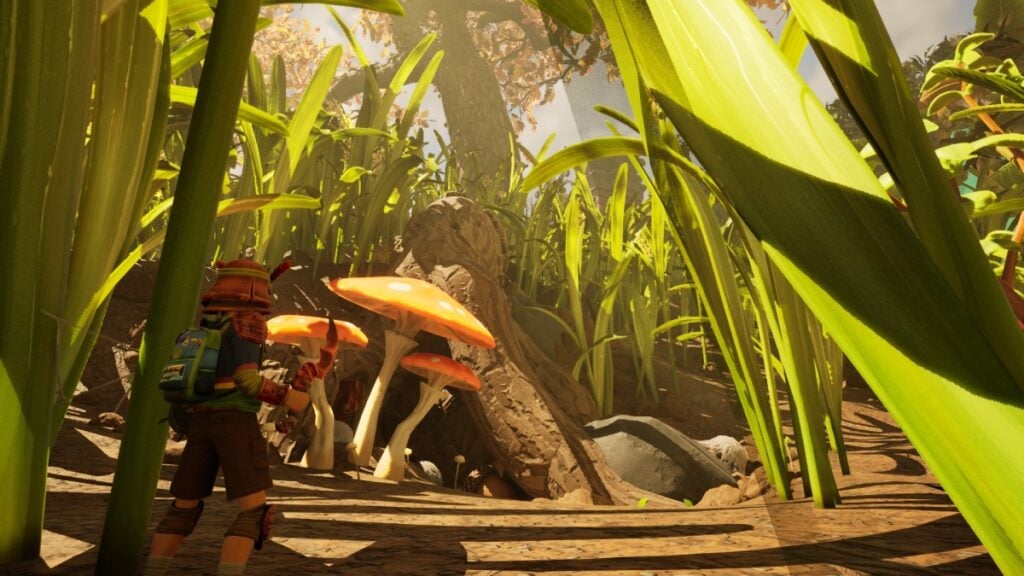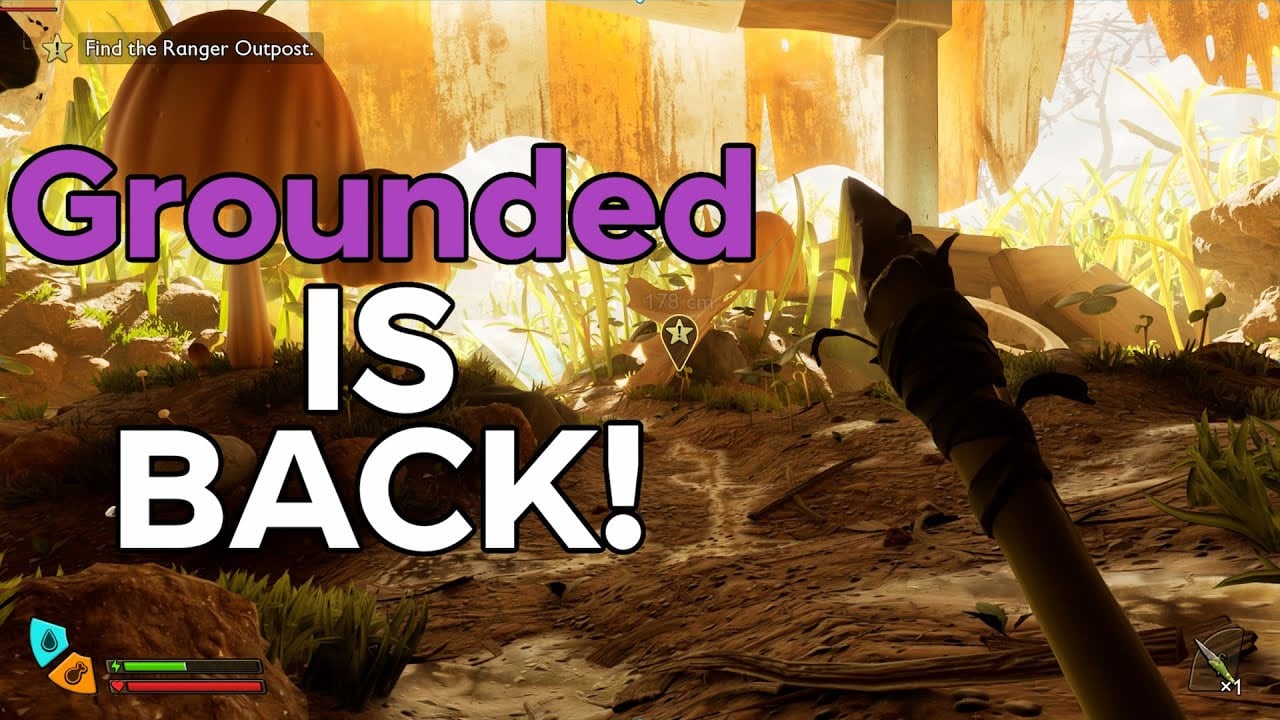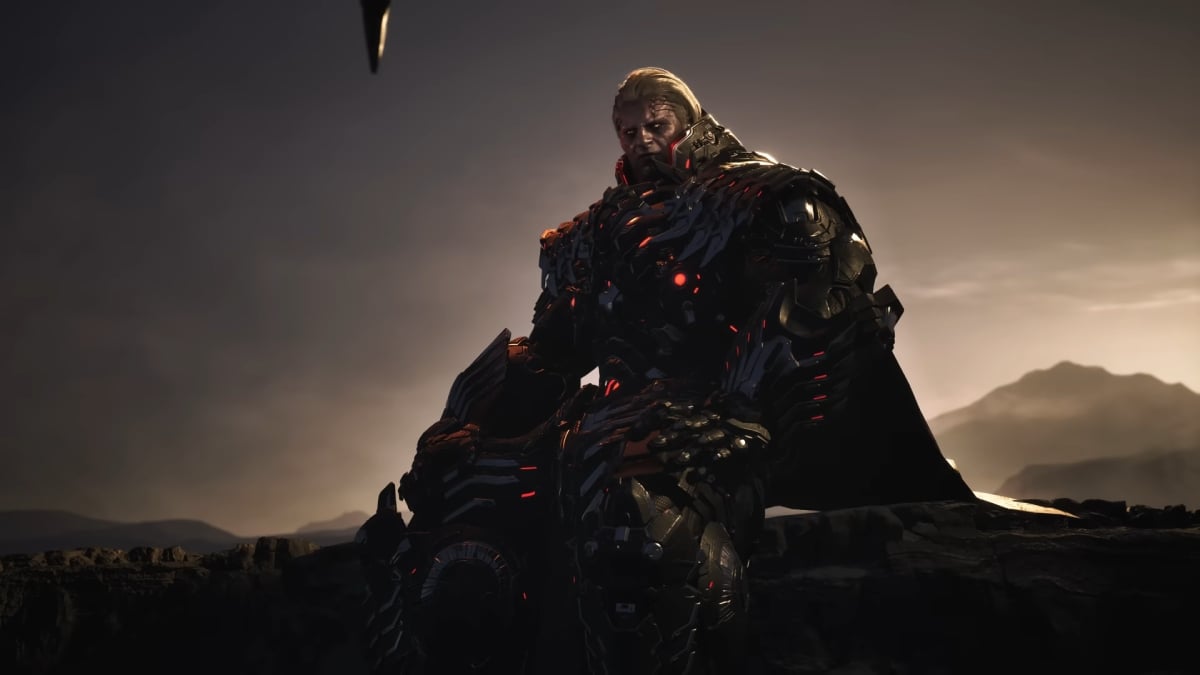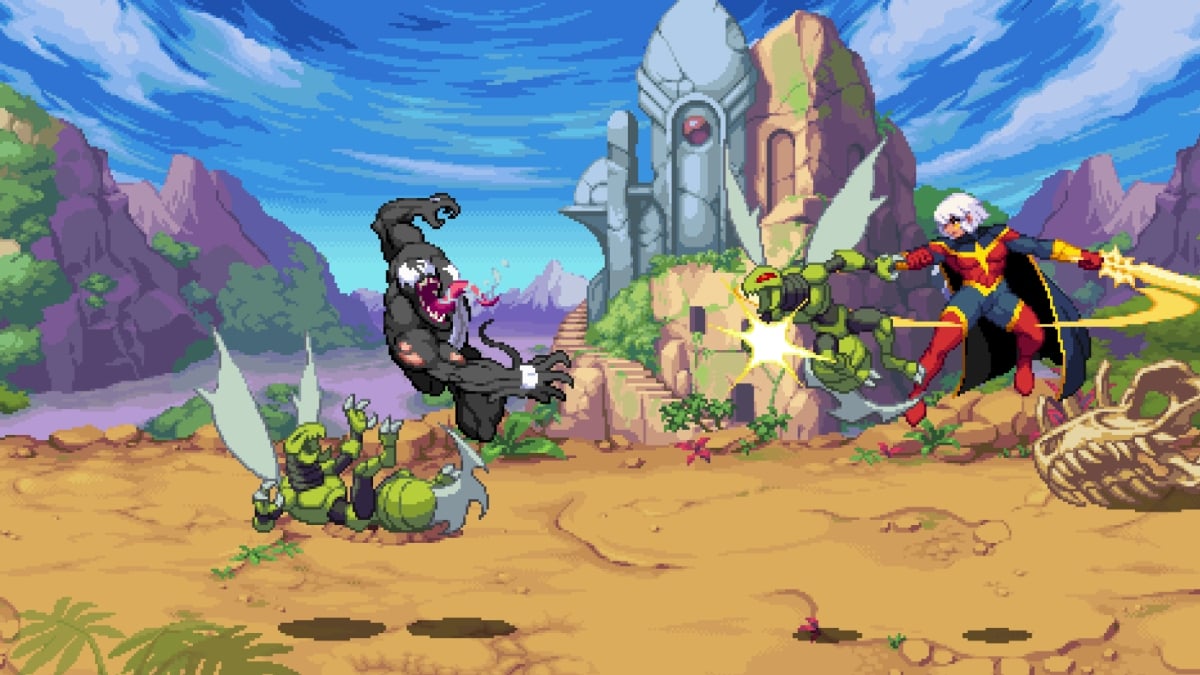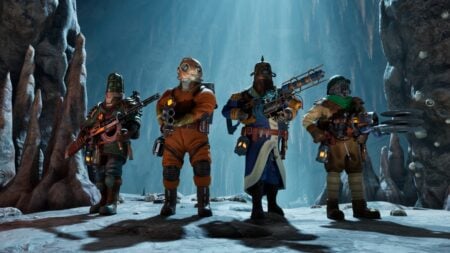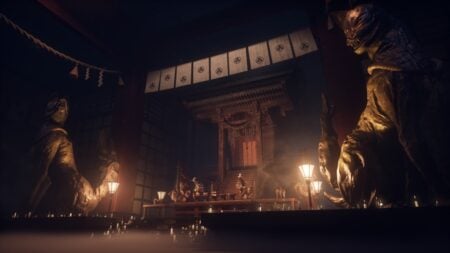Skip To...
Out of every survival crafting game on the market, Grounded always stood out as one of the most unique. It took a page out of Honey, I Shrunk the Kids, brought many of the RPG systems Obsidian Entertainment is well-known for, and created a masterful recipe. Now, Grounded 2 is here, and after playing it, it might not seem like much has changed, but the truth is that it has. Its world is bigger and with a more intricate design, character progression is more in-depth, insects are creepier, and it has a better direction in terms of story and goals than its predecessor.
Back to the Miniature World
Grounded 2 kicks off two years after the events of the first game. Our crew of teenagers has been enjoying a normal life outside the backyard hell until Dr. Tully rips poor BURG.L’s head off and a bomb explodes at Brookhollow Park, making the teenagers tiny again. Ominent seems to be a “good” company now, and the new face of the company, Sloane Beaumont, is here to guide us through this new mini-hell, which is way more dangerous than Tully’s backyard.
Right off the bat, the story of Grounded 2 is easier to grasp. Even if you didn’t play the first game, which you should, the plot is more straightforward. You have a goal in mind, that is still in the works as the story isn’t finished, and even a looming threat behind it all, bent on destroying you and Ominent. I already thought Grounded had a masterpiece of a narrative, but Grounded 2 is up there, even if the plot is far from over.
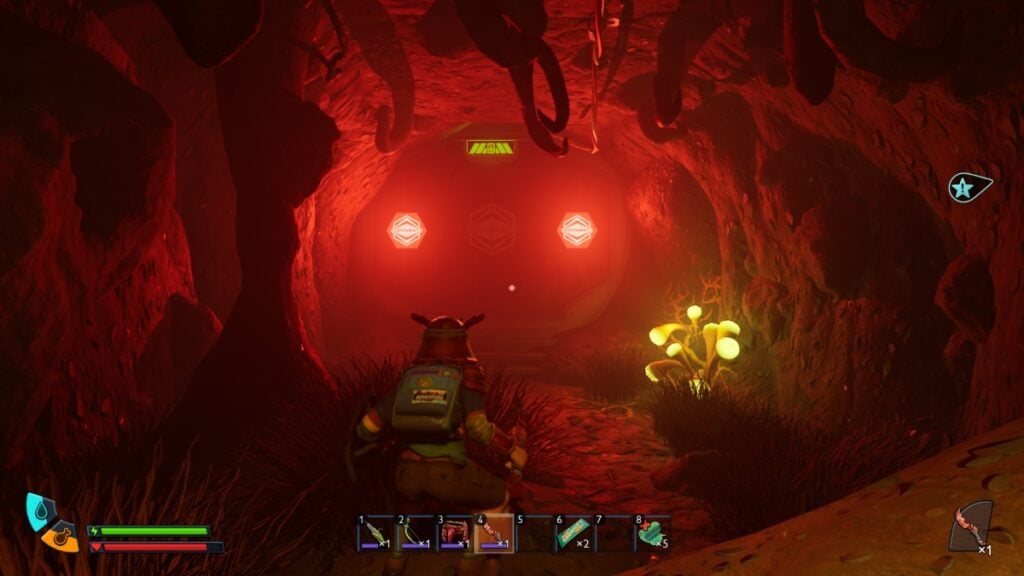
Story aside, Brookhollow Park is equal parts gorgeous and terrifying. While the map right now is the size of the final area in Grounded, it feels much bigger, which is why mounts are a thing now. There are seven playable areas, all full of places to explore, ranging from huge picnic tables to maze-like cave systems. What baffled me is how the sequel’s setting can evoke feelings of calm and relaxation as the sun passes through the towering grass plants, and in the next moment, look like the scariest setting ever made with glowing eyes lurking in the background and scorpions ready to jump at you at any moment. Obsidian has always excelled at creating memorable worlds, and the map of Grounded 2 stands out as one of the best this studio has created.
Talking about performance feels superfluous, however. Like any other early access game, we can’t judge how well or poorly a game runs because it is in development. But since it is a selling point for many and something that will factor into whether they’ll start playing Grounded 2 ahead of its 1.0 release, yes, it is rough around the edges. There’s some stutter here and there and a few crashes, but then again, it is what you can expect from a game in its early builds. I will say that, even at the lowest settings, the game looks gorgeous and manages to hit a high framerate most of the time.
Compared to other early access games that launch in a questionable state, Grounded 2 is among the few I deem completely playable and highly enjoyable. Frankly, all the issues I’ve encountered have been minor and never stopped me from progressing through the story or using any of the new features. Still, if you want a smooth ride, it might be worth waiting a bit more until some major updates roll out.
Streamlining the Journey
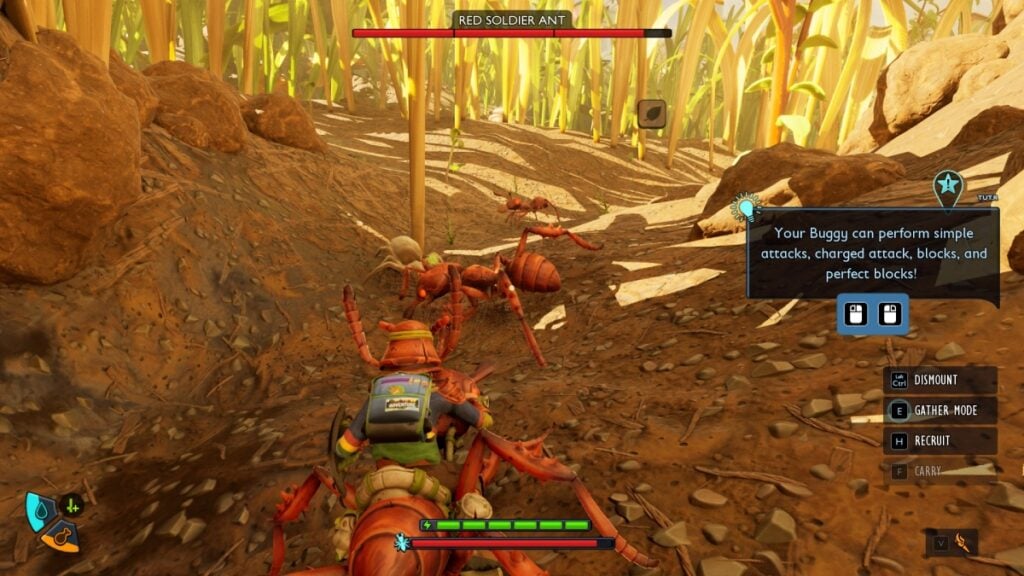
One of the worst staples of any survival crafting game relies on its tool clutter. While some don’t mind scrolling through every single gadget to gather materials or fight enemies, some, like myself, prefer to use our hotbar slots for something more useful. Fortunately, Grounded 2 has fixed this by creating the Omni-Tool, which is just one of the many quality-of-life features trying to streamline the experience.
If you want to gather materials, you don’t even need to equip a tool at all. The Omni-Tool is usable only when you want to gather a specific material, and its actions change depending on what you want to do. For instance, if you’re going to repair a structure, just approach it and you’ll get the “Repair” prompt. If you want to gather sap, for instance, just press the right prompt to break the sap cluster and collect it. It is a minor thing to the eyes of many, but a massive change for us who’ve been carrying the whole tool shed in our inventory.
Another thing that makes everything much better is the addition of rideable Buggies. I wasn’t sold on the concept of riding bugs that creep me out in real life, but boy, are they useful. At the moment, you can get a Red Ant Soldier and an Orb Weaver. I drew the line on the latter because I despise spiders, but the former is fantastic; I even named mine Anthony.
These little Buggies can help you build, carry stuff, fight against other foes, and even brainwash other insects to join a temporary group. The ant, at least, is quite fragile at first, and while it can regenerate its health, you can lose it permanently if you don’t heal it quickly. But if you manage to keep it alive, it will be the best creature for hauling and exploring, and one thing that I wish had been in Grounded years ago. Although looking at it in retrospect, the backyard wasn’t built for mounts, whereas Brookhollow Park is so big that exploring it on foot would be an ordeal.
A Tiny But Impactful Arsenal
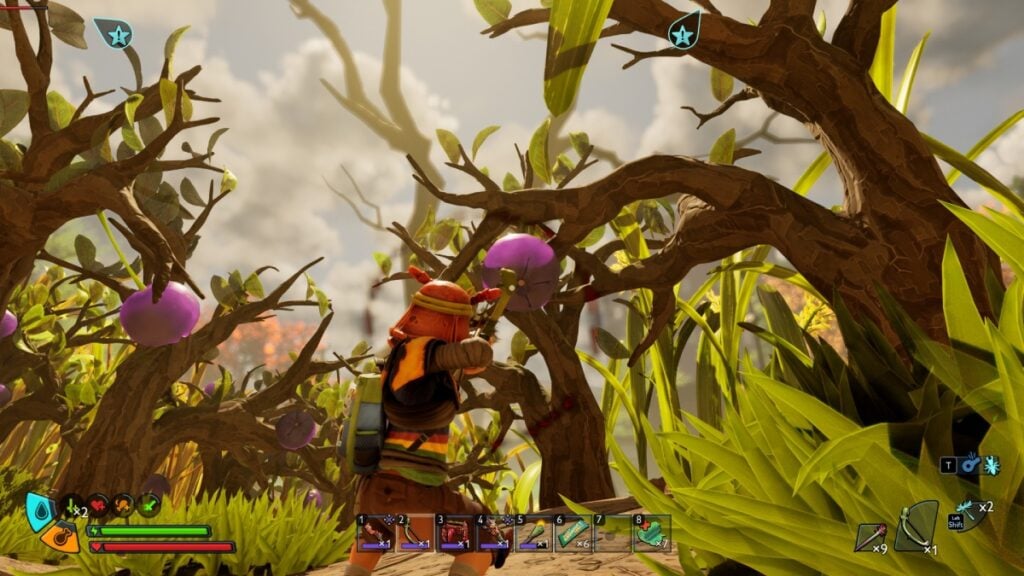
Like any medieval warlord, you can also wear your enemies’ skins and body parts as armor and craft weapons with them. I won’t delve into how disturbing it is to have a Weevil mask, so I’ll just say it is a ’90s thing. In all seriousness, the gearing part is superb and has vastly improved from the first game.
For starters, there’s a lot more Tier 1 gear now. You can start working toward your preferred archetype as soon as you exit the tutorial. In my case, I went for a tank-oriented build, crafting a shield and a sword to help me soak in as many hits as possible. However, as I unlocked new ideas and killed more insects, I swapped to rogue, which is terrific for a stealth-oriented gameplay and those who love applying status effects. I’ve yet to try other builds, but so far, it is great to see how easy it is to pick an archetype and work toward the perfect build.
In terms of classes, I loved how all of them are divided in the game now, as well as how you unlock mutations. Right now, you have your warrior, mage, rogue, and ranger. Using a specific weapon can unlock mutations that buff those playstyles. For instance, killing a specific number of enemies with your spear will unlock a mutation that lets you throw your spear and even deflect some of the damage back to foes. This is excellent for a more DPS-oriented warrior build. But other mutations make your teenager sturdier, such as those that increase the effectiveness of perfect blocks. Furthermore, you can swap between mutation loadouts at any moment, encouraging you to experiment with more than one build.
Overall, the combat system is one of the most enjoyable things about Grounded 2. Besides the fact that you have new moves during a fight, like dashing and smoother, perfect blocking, gearing up is terrific. You can find some trinkets there that complement almost every playstyle, and for the first time in my life, I’m eager to try all of them. Then again, this is an Obsidian staple, so I wasn’t expecting less.
The Start of Something Promising
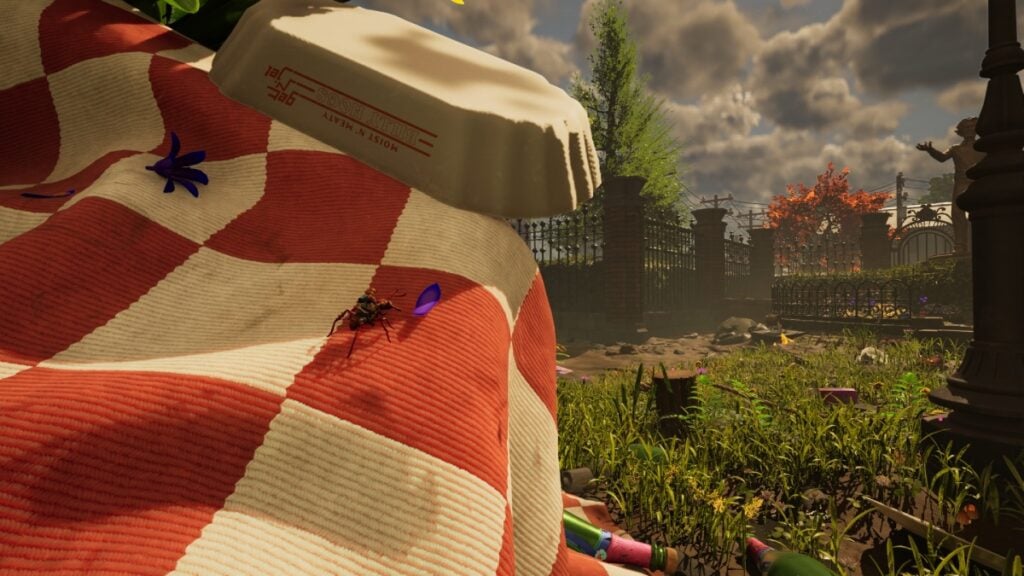
It is rare for me to feel excited about an early access game. It is even stranger for me to actually follow the development of one. Usually, I play them for the first few months, drop them, and return to the full launch. So far, two games have made me break this rule: Abiotic Factor and Grounded 2.
As first impressions go, Grounded 2 is everything I wanted and more. It has the familiarity of Grounded, but with many new quality-of-life changes, smoother combat, better gear, and a vast new world to explore. The surprising thing is that all of this is already out, and that is in the first early access patch. If things continue like this, I can see Grounded 2 becoming the best survival crafting game of recent memory, and for once, I’ll be around the whole early access journey to see it reach its final destination.

